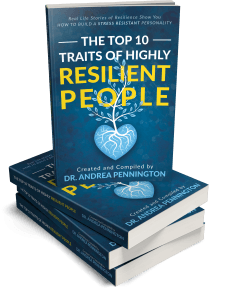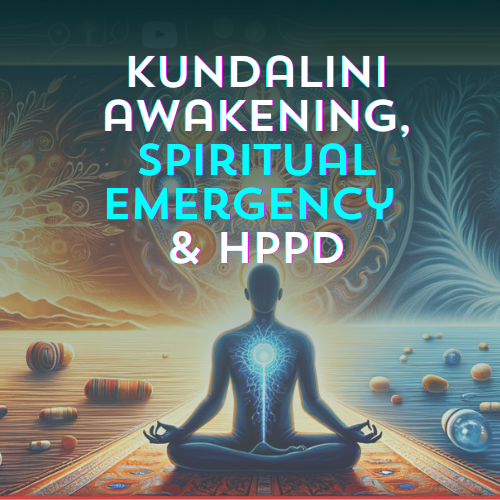[vc_row][vc_column width=”1/6″][/vc_column][vc_column width=”2/3″][vc_column_text css=”.vc_custom_1585401523579{margin-bottom: 0px !important;}”]Have you ever felt so angry, frustrated or irritated when things didn’t go to plan that you lost it? Maybe you snapped and lashed out at someone, maybe you cried, or maybe you froze, lost for what to do next…
Being at the end of our rope when life is tiring us out really puts us at a disadvantage. When we are truly burnt out, our ability to adapt to change and roll with it can totally go out the window.
In order to get past the irritability, fatigue and feeling of being so lost that comes with burnout, we need to develop true resilience.
From my years as a medical doctor, and then as a mentor to soul-led entrepreneurs, healers, coaches and Lightworkers I’ve identified 10 key traits of those resilient people who either bounce back from burnout stronger than ever, or who catch themselves before the burnout catches them.
In an earlier post I spoke about the first trait of resilience, which is insight (if you missed it then you can catch up here). Today I’m talking about the second trait of resilient people, and that’s flexibility.
I’m talking about that mental flexibility that allows you to pivot and make a ‘plan b’ when things aren’t working out. This trait is something that helps busy people to get it all done without life overwhelming them.
If you are in the entrepreneur world, then you will have heard of the ‘entrepreneurial pivot’, which describes the way that small business owners make quick changes of plan when they hit a problem. This demonstrates mental flexibility, and this is a part of what makes them successful in a very demanding world.
So going back to the question I opened with, about feeling angry, frustrated and snapping when things don’t go to plan – if this has affected you too then the answer, or at least part of the answer, is having the flexibility to deal with problems as they arise.
Interestingly, not being able to summon that flexibility, that feeling of being completely out of energy or capacity to adapt, is a warning sign of being burnt out.
Of course, these resilience traits are not a cure for burnout as such. If you have reached that level of complete exhaustion then there is a recovery journey ahead of you. But what these traits can do for you, once you develop them, is they can prevent you from burning out again in the future. Having the insight I mentioned in my earlier post to see the warnings early, and the flexibility to change course before you burn out is a winning combination. This ability to avoid burning out is what keeps the most successful people going strong.
These traits don’t have to have always been with you. You absolutely can develop them through personal development. Learning more about yourself, more about how the mind and body works, and surrounding yourself with supportive people gives you a great foundation to build upon. Add a little meditation into the mix and you are on your way to building your superpower of resilience.
Free resources:
Take a look at some of my free resources and get started on building your superpowers today.
Click here for the Risk of Burnout quiz
Click here for the Free 8 Minute Meditations

Check out The Top Ten Traits of Highly Resilient People, which was published in January 2020.
In the book, Dr. Andrea Pennington presents 21 real life stories of people from various backgrounds and cultures who have dug deep within themselves to heal and move forward after facing difficult circumstances. These were sometimes life threatening, and often led to rock bottom or burnout. What these stories all have in common is how they prove that the traits of resilience can be built and enhanced with intention so that we can thrive after trauma, and experience more growth than we thought possible. There is great hope and inspiration to be found here.
This book has 10 sections with stories covering each of the top 10 traits of resilience, giving the reader examples from each of the traits that Dr. Andrea has taught her students and clients alike over the years.[/vc_column_text][/vc_column][vc_column width=”1/6″][/vc_column][/vc_row]










